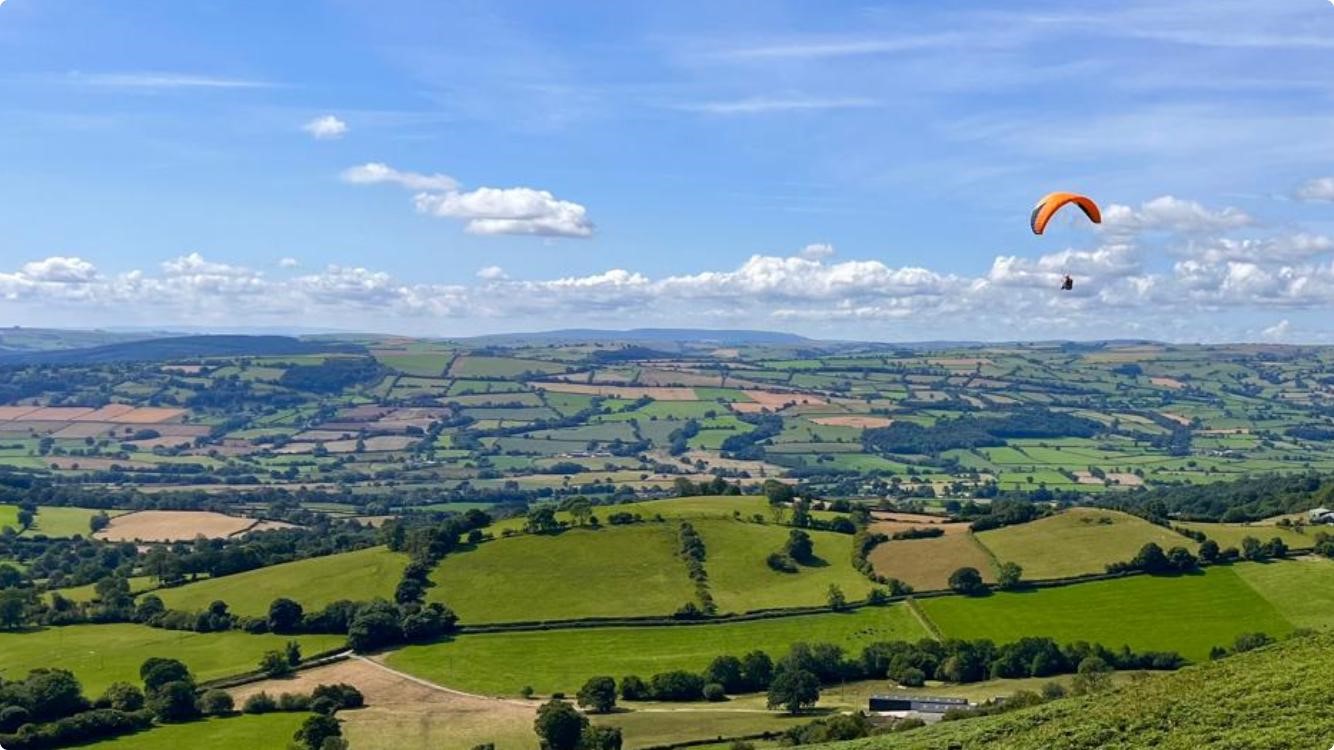Published
10 September 2024
Author

Steph Scott, Clinical Lead SLT and Clinical Academic reflects on her journey from exploration to clinical research.
After studying speech and language therapy for four years with the prospect of directly improving young lives, I was surprised to find out how much I enjoyed the academic side of my degree. I took joy from conducting my dissertation at UCL as there was a sense of privilege in searching for my little piece of truth.
On a nomadic voyage of self-discovery in 2003, I bought a one-way ticket to Vietnam and began a six-year adventure. I was able to practice across the UK, Australia and the USA. In 2014, my friend, Katie Akers, approached me asking if I’d like to write a book with her about getting kids outdoors. It seemed like the perfect thing to do as a mum of two young kids, so we set our minds to it.
As I searched the literature, a story emerged on ways children can benefit from playing outdoors. Peer-reviewed studies and systematic reviews documented the physiological, mental, and emotional benefits for us all, but especially children. Perhaps benefits to children’s communication might be among these?
I also discovered a government study concluding that UK children spend less time in nature than prison inmates (Hunt et al, 2016). What was initially a fascination suddenly felt like an urgent social problem for our children that I was keen to address.The evidence base didn’t disappoint. My searches revealed articles suggesting that children use five times more words when they play outdoors compared to indoors (BBC, 2016), children’s lexical diversity increases when they play outdoors (Richardson and Murray, 2016), and the parent-child interaction is more related and connected when they play outdoors (Cameron-Faulkner et al, 2018).
PhD study presented an ideal route to take this further, but I was unsure of how to manage this in addition to my clinical work. It was my former colleague Dr Sharon Millard who informed me that I didn’t need to. Health Education England (HEE) and the National Institute for Health and Care Research (NIHR) had a funding programme aimed at encouraging AHPs into clinical research, the Integrated Clinical and Practitioner Academic Programme (ICA).
In the internship year, I completed a systematic review protocol which was published in the International Journal of Environmental Research and Public Health. I’ve been completing the Pre-Doctoral Clinical and Practitioner Academic Fellowship (PCAF) over the course of 30 months and this year, I’m applying for the DCAF, the D standing for Doctoral.The HEE/NIHR Integrated Clinical Academic Programme “offers training awards to non-medical healthcare professionals who want to develop careers that combine clinical research and research leadership with continued clinical practice and clinical development”.
Pending success, this fellowship will enable me to conduct my research into the benefits of natural environments to children who stammer.
There are indications in the peer-reviewed literature that for many of the populations of children we SLTs support, an ecological approach to speech and language therapy may be beneficial. I can already imagine running stammering groups in a woodland or working on emotional resilience next to a gentle sea.
I wouldn’t have been able to make this a reality without the inspirational funding for us AHPs to get knee-deep in the academic part of our work. I wholeheartedly recommend the Integrated Clinical and Practitioner Academic pathway to all SLTs, particularly those searching for their own little piece of truth.
References:
- BBC (2016) Why should children play outside?
- Cameron-Faulkner, T., Melville, J. and Gattis, M (2018). Responding to nature: Natural environments improve parent-child communication. Journal of Environmental Psychology. 59.
- Hunt, A., Stewart, D., Burt, J. & Dillon, J. (2016). Monitor of Engagement with the Natural Environment: a pilot to develop an indicator of visits to the natural environment by children – Results from years 1 and 2 (March 2013 to February 2015). Natural England Commissioned Reports, Number 208.
- NIHR (2023) Integrated Clinical and Practitioner Academic Programme [online]. Available at: HEE-NIHR Integrated Clinical and Practitioner Academic Programme | NIHR
- Richardson, T. and Murray, J. (2016). Are young children’s utterances affected by characteristics of their learning environments? A multiple case study. Early Child Development and Care Journal. 187.
- Scott S, Gray T, Charlton J, Millard S. The Impact of Time Spent in Natural Outdoor Spaces on Children’s Language, Communication and Social Skills: A Systematic Review Protocol. International Journal of Environmental Research and Public Health. 2022;19(19):12038. https://doi.org/10.3390/ijerph191912038
 Steph Scott
Steph Scott


